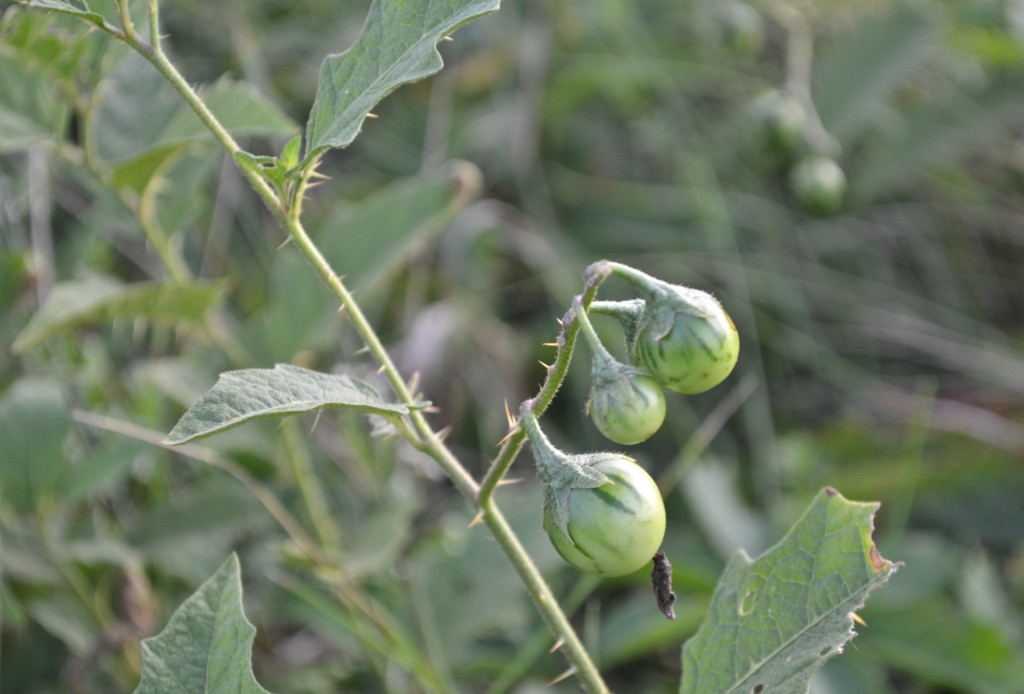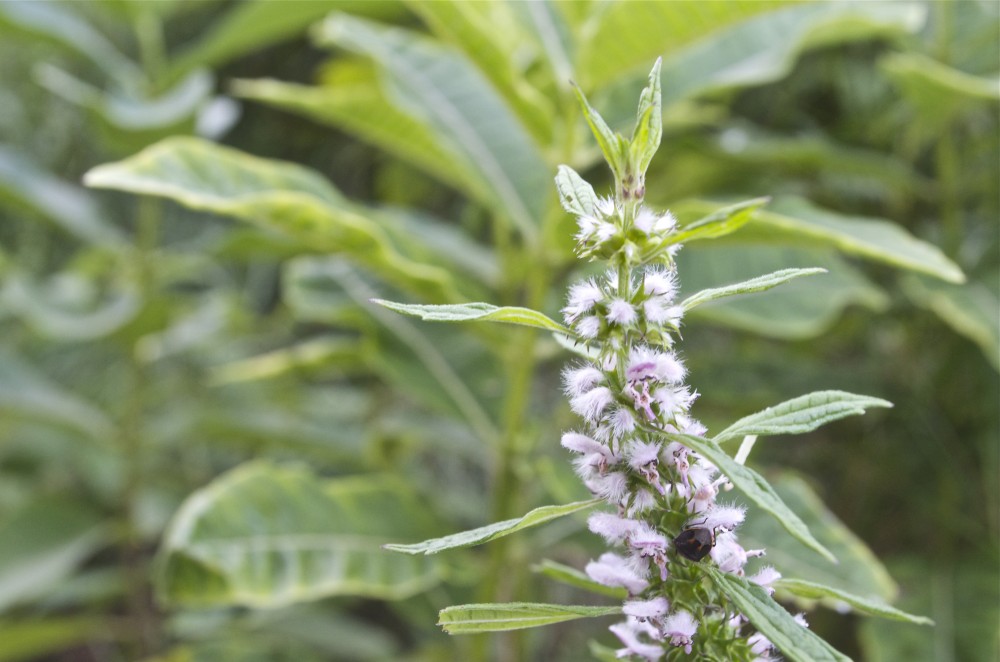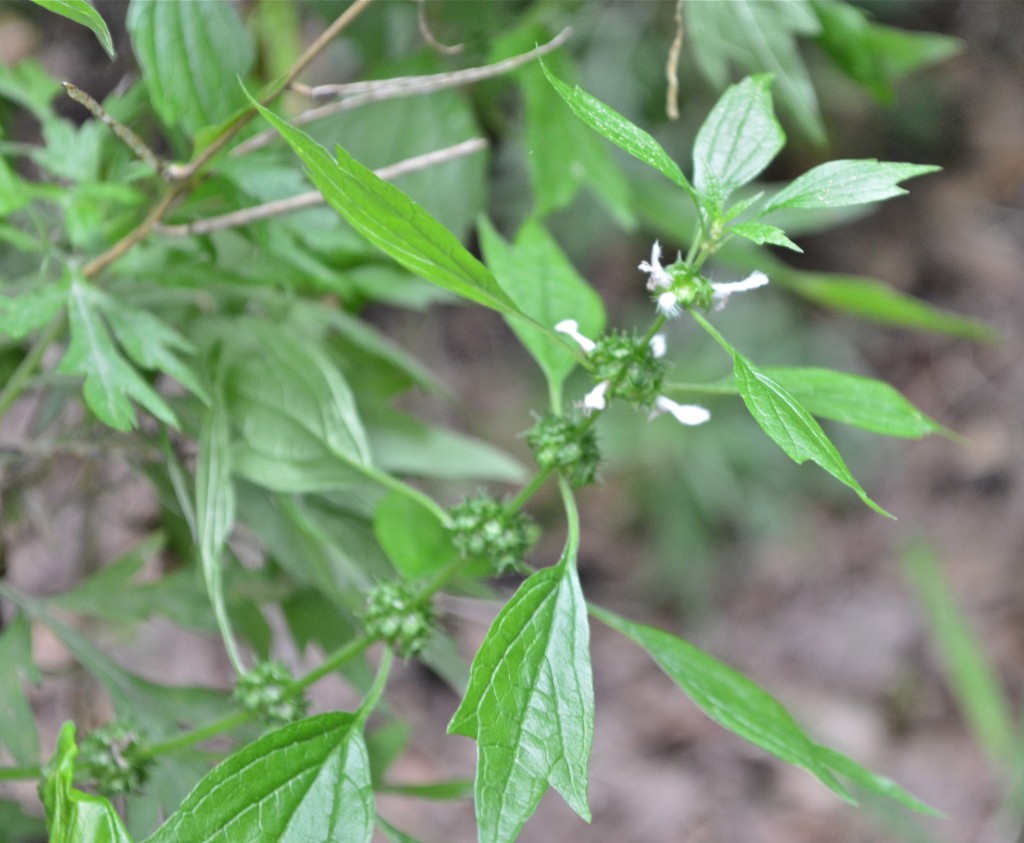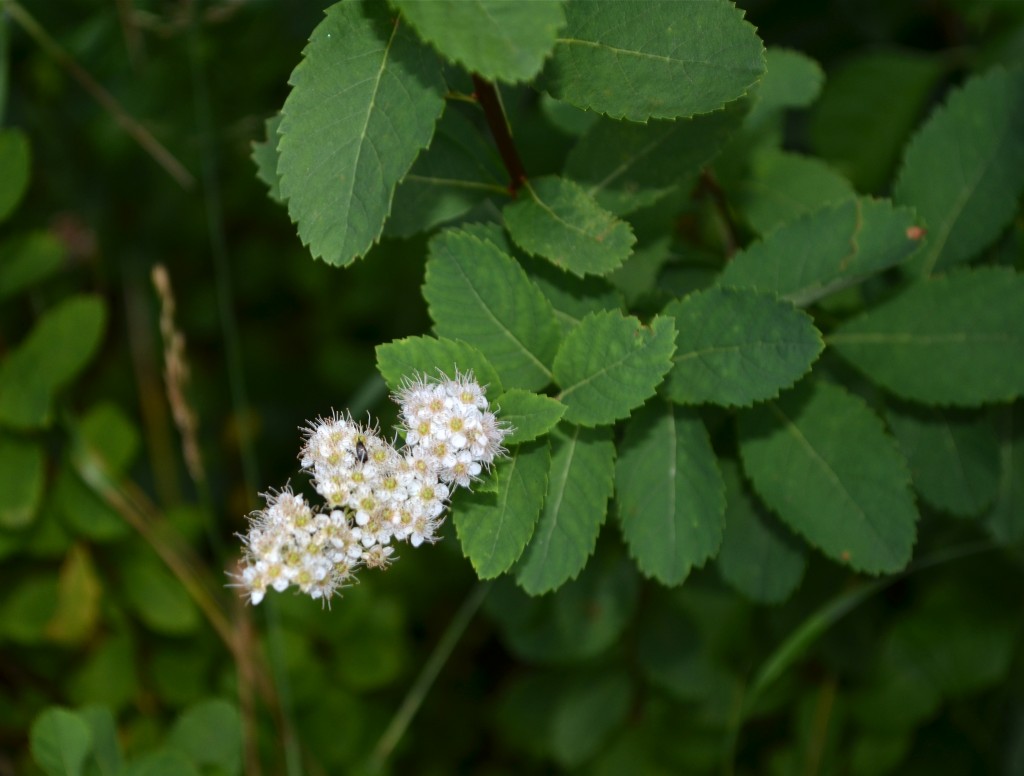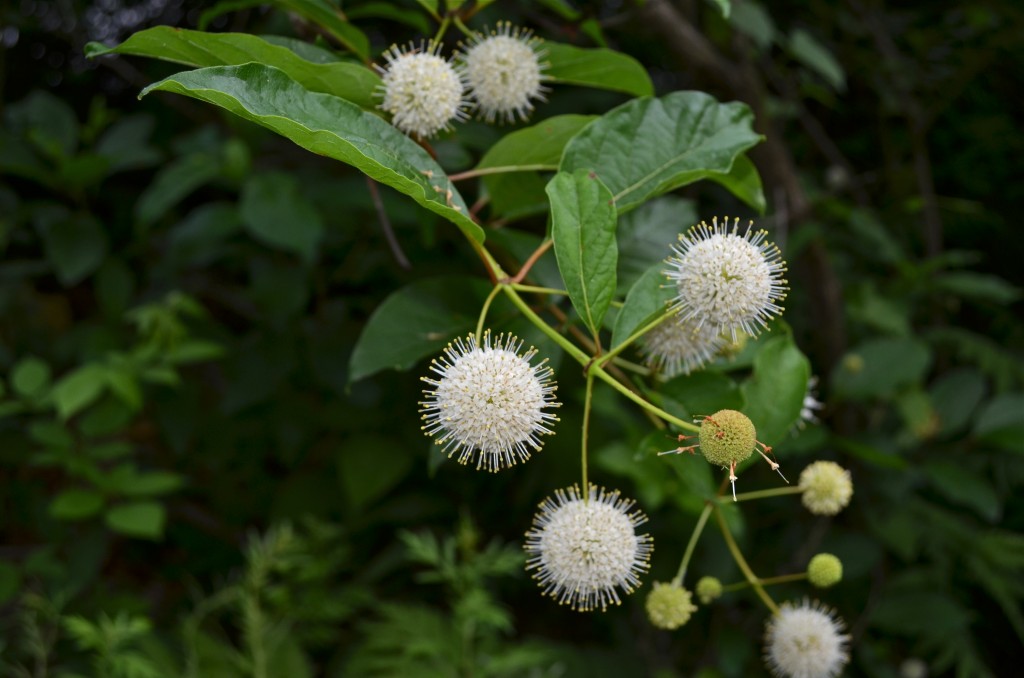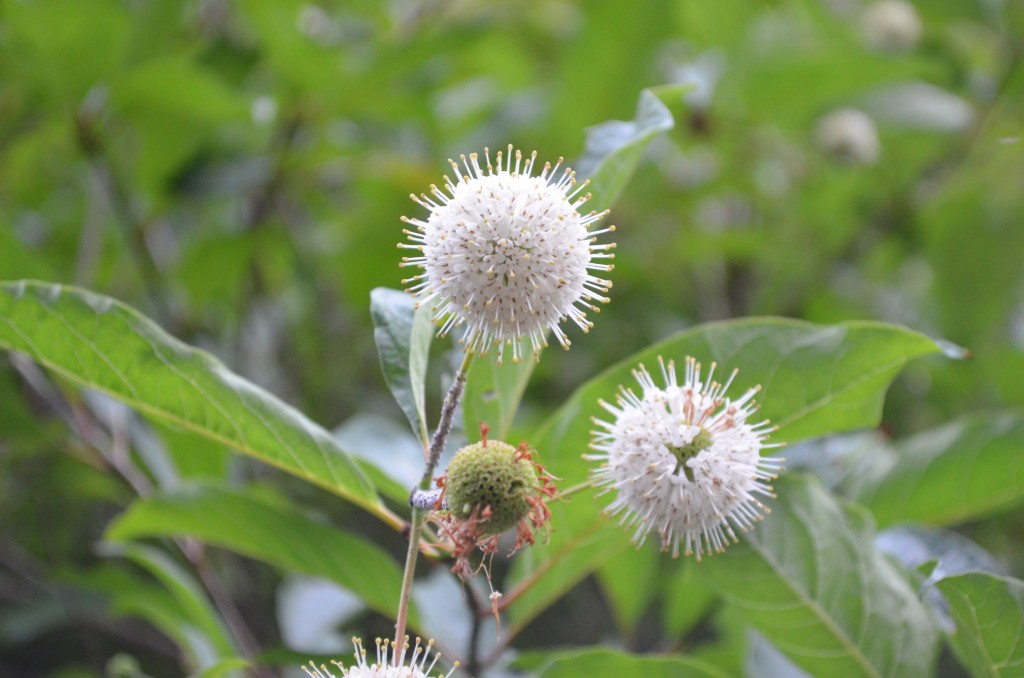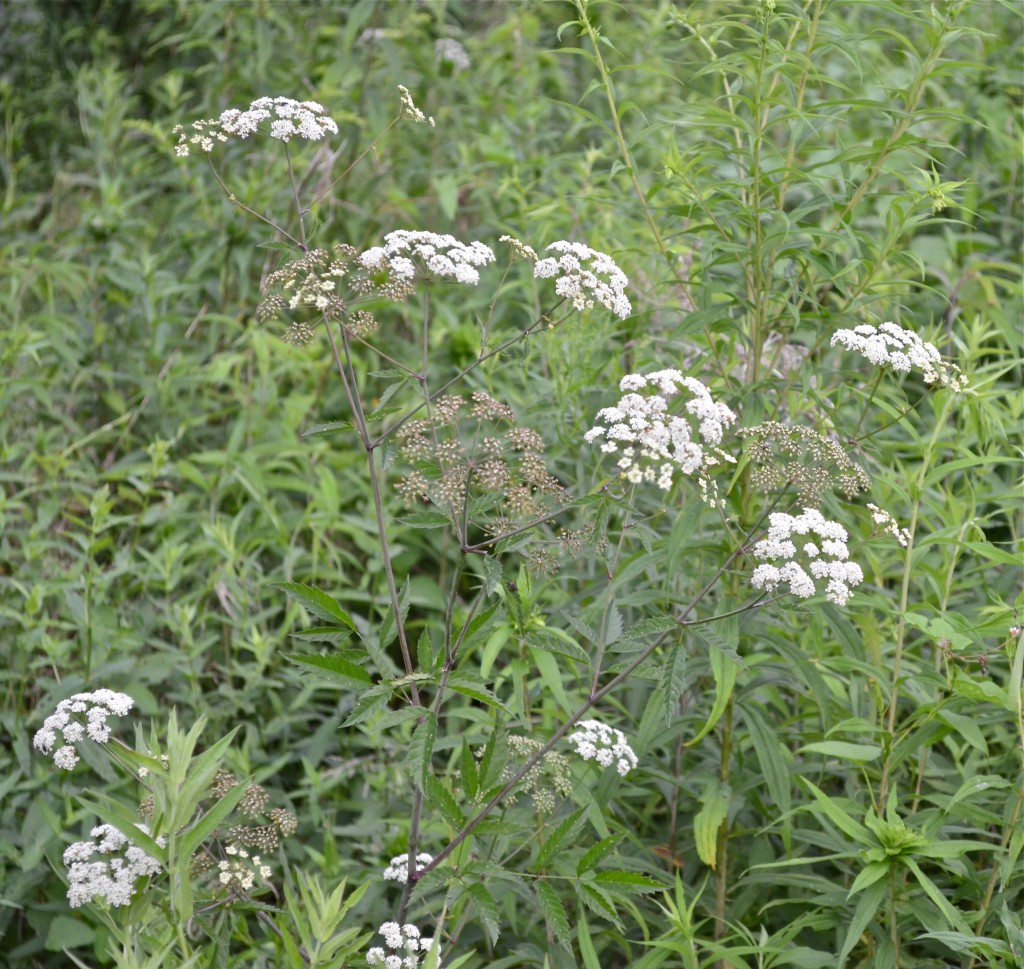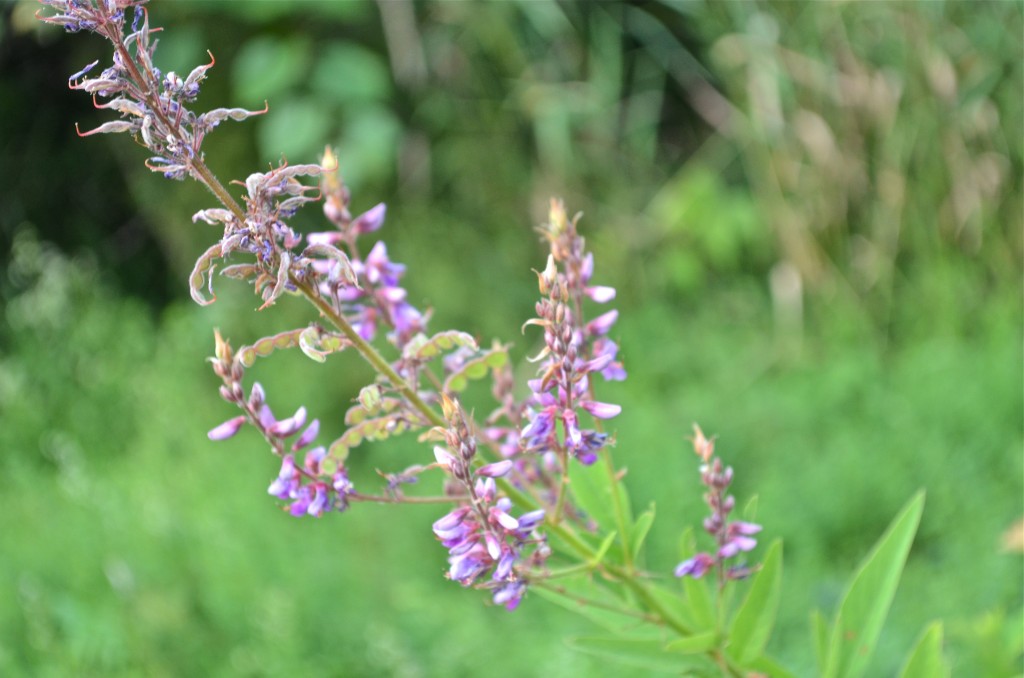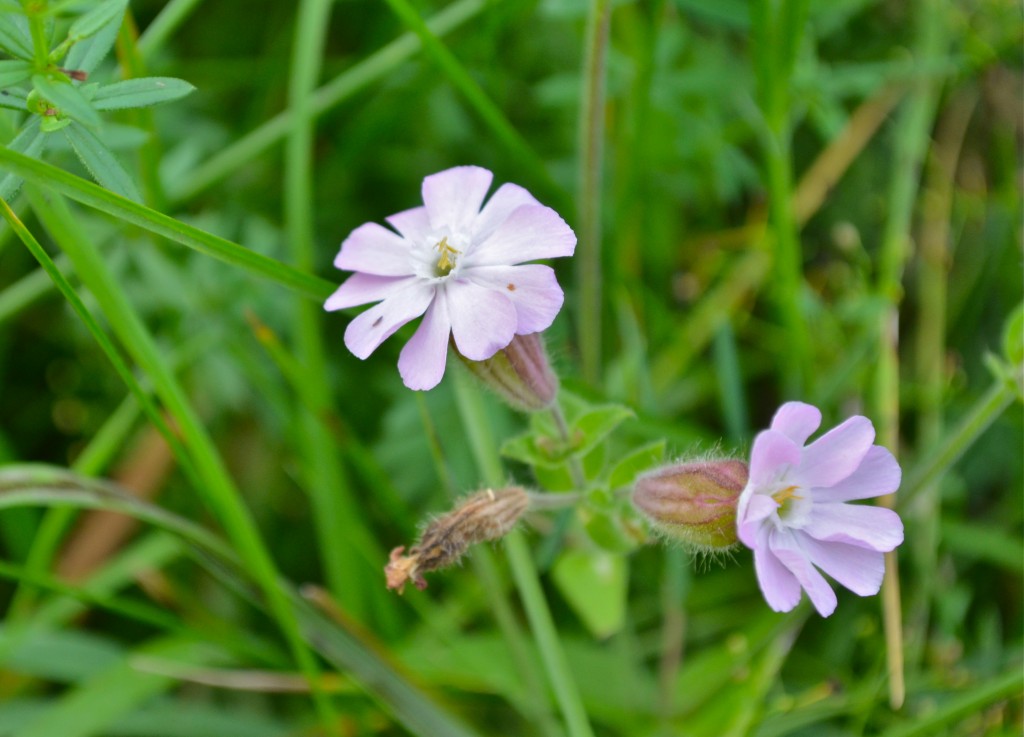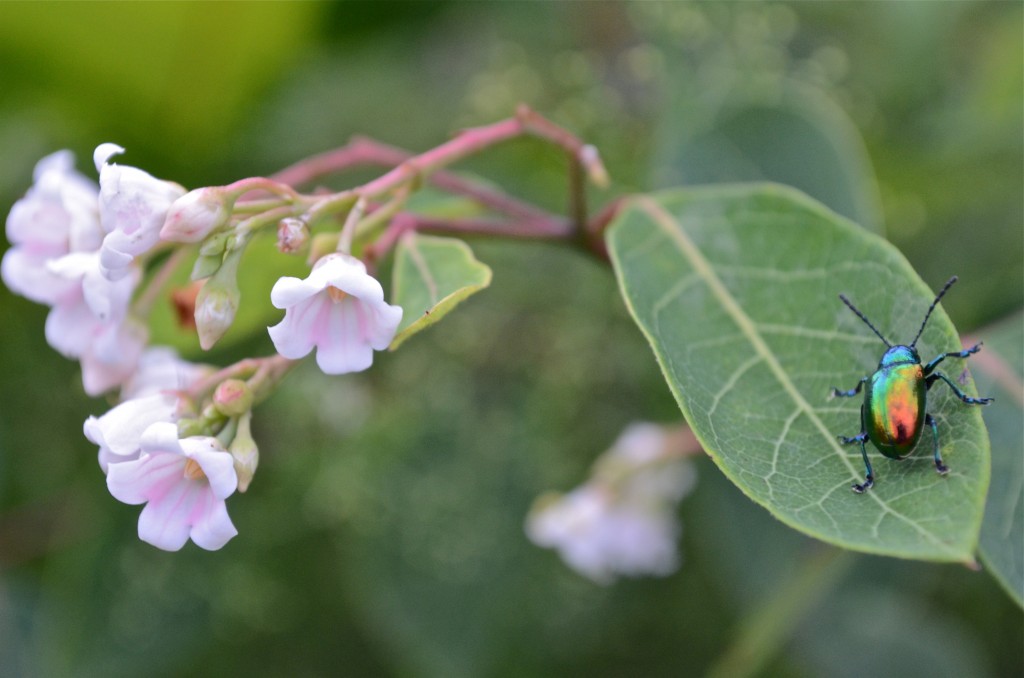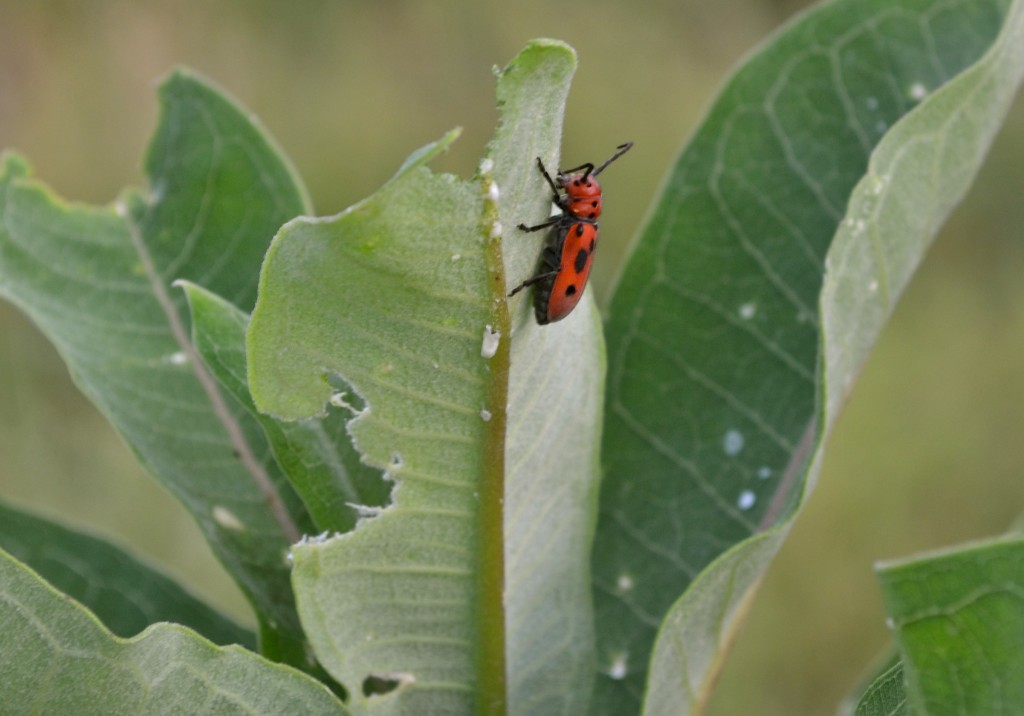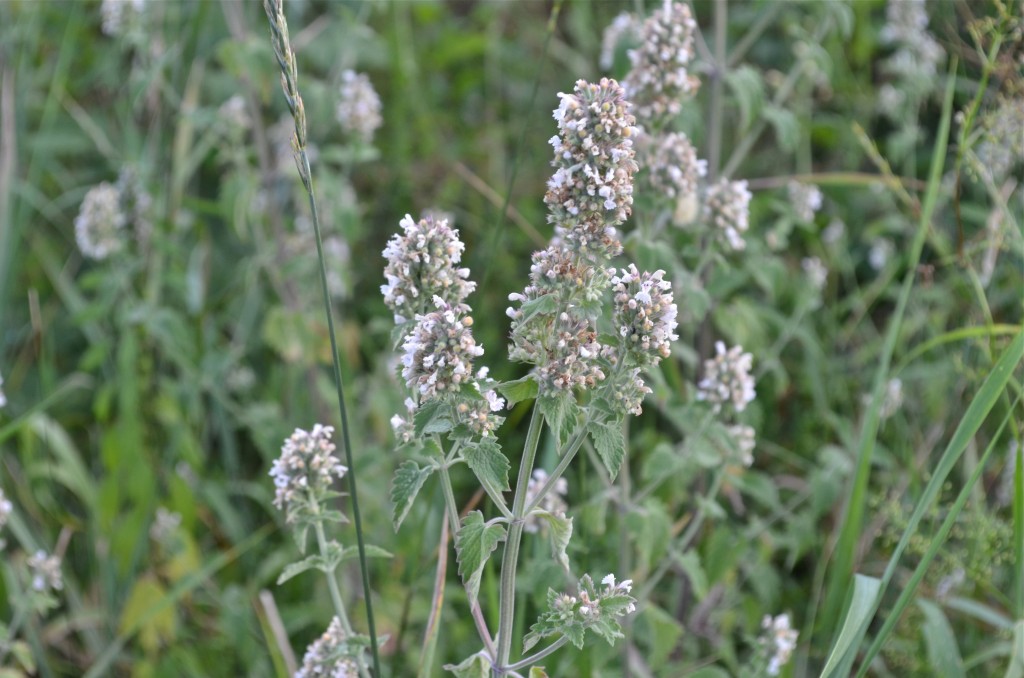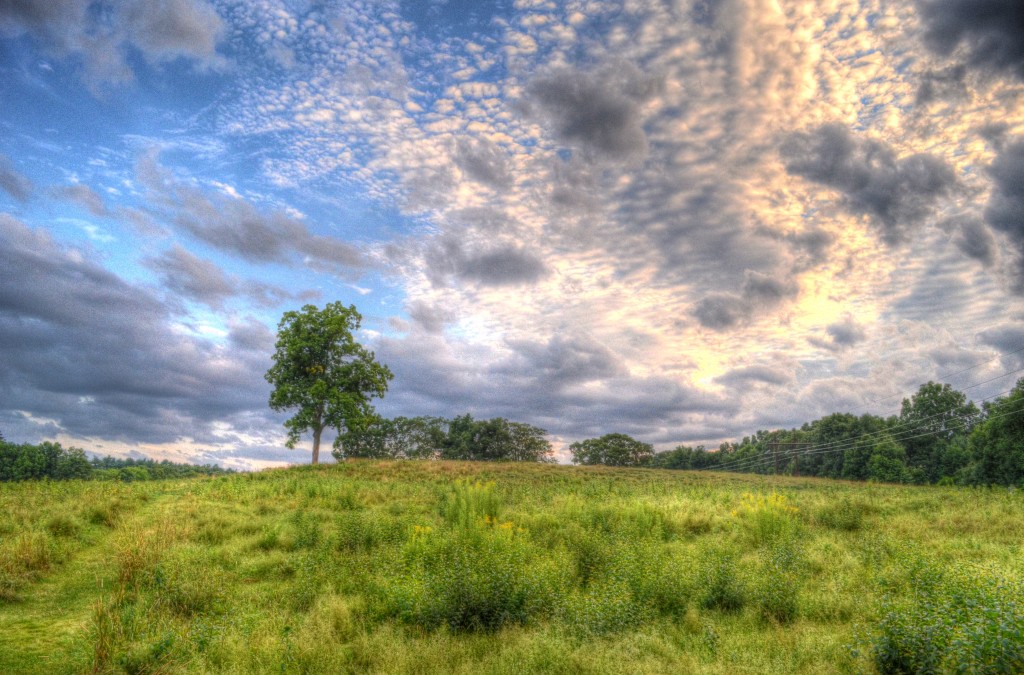
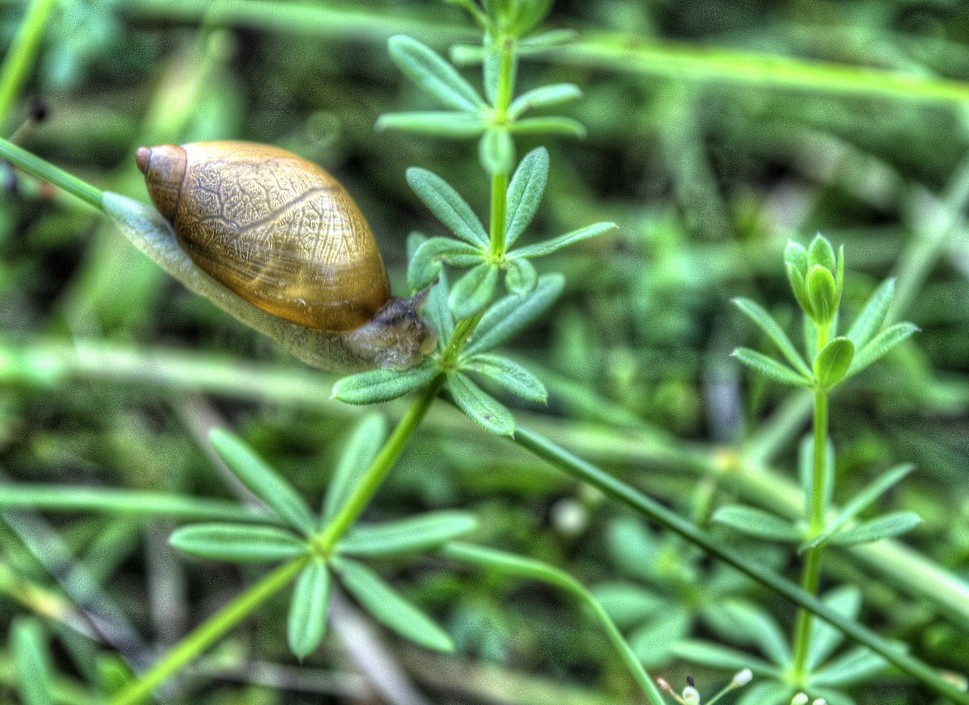
Here are two HDR shots by A.F. Aaron, where I was only the art director (and HDR technician). The meadow at Charles River Peninsula — a shagbark hickory at the top of the hill and lots of bedstraw, madder, milkweed, clover and cypress spurge. And a snail on the bedstraw. It’s an Oxyloma retusa, a tiny land snail with some sort of topo map on its shell.
I took a walk here that was so fascinating, new things revealing themselves… and later read a blog entry at happiness-project.com (July 13, 2012) that made a lot of sense to me: “Recently, I noticed a pattern among activities that people find fun: Go on a mission. There’s something about having a playful purpose, of trying to achieve something, that makes an activity more fun. For example, a friend told that she loved visiting flea markets and antique stores to look for old globes – not fancy ones, cheap ones. She has a rule that she’ll never pay more than $20. She’s the kind of person who loves poking around in those kinds of shops in any case, but having a mission makes it more fun, less aimless….. Taking photos is a common way to incorporate a mission into traveling. Not only does this help keep memories vivid, it also makes you more attuned to your environment while traveling.” Anyway. It’s funny how this project has transformed my perception of our walks — What will I find?!

